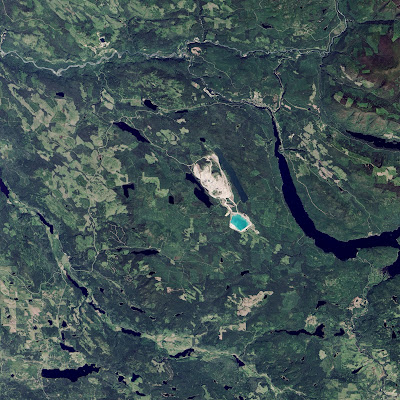PHYS ORG Microplastics in sediments from the rivers Elbe (A), Mosel (B), Neckar (C), and Rhine (D). Note the diverse shapes (filaments, fragments, and spheres) and that not all items are microplastics (e.g., aluminum foil (C) and glass spheres and sand (D), white arrowheads). The white bars represent 1 mm. PhotoS by Martin Wagner et al. As small as a grain of dust—but of great global significance. The word microplastics is familiar to many, but the dangers are virtually unexplored. In recent years, plastic pollution has become an ever-increasing burden on the environment. Countless videos and media reports draw attention to this problem. While the dangers of large plastic pieces for animals are impossible to overlook, there is practically nothing about the dangers posed by microplastics. But what are microplastics anyway? Get the answer here.










